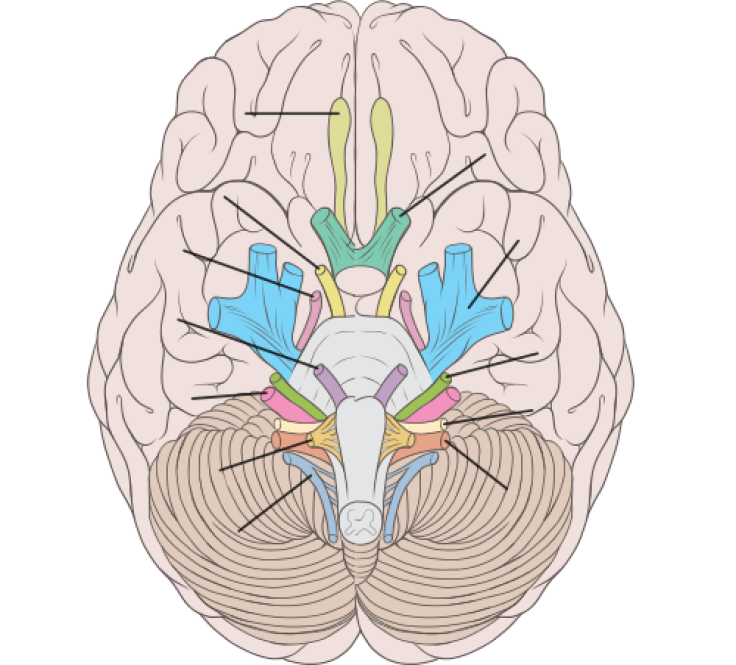Are You A Right-Brained Or Left-Brained Personality Type? Brain Scientists Say There's No Such Thing

With the explosive application of new technologies over the past decades, knowledge of the brain has grown exponentially. In particular, imaging techniques have allowed scientists to investigate the regions and functioning of the brain and deepen their overall understanding of how our minds work. With this new information, old theories have been reviewed and, in some cases, discarded.
For instance, it certainly remains true that the brain is divided into two hemispheres, right and left. Yet, the theory that ‘right-brained’ people — those who more frequently rely on their right brain — are creative, thoughtful, and subjective, while ‘left-brained’ people are logical, detail-oriented, and analytical is, according to University of Utah neuroscientists, not the least bit accurate.
The neuroscientists' new brain imaging study, in which they examined scans of hundreds of individuals, suggests that there’s no such thing as being 'right-brained’ or ‘left-brained.’ In fact, our brains work in far more complicated ways.
Experiment
Over a period of two years, University of Utah researchers obtained brain scans of 1,011 people between the ages of seven and 29 from a database called the International Neuroimaging Data-Sharing Initiative (INDI). Study participants lay in a scanner for five to 10 minutes while their brain activity was recorded and analyzed; this is known as a functional connectivity magnetic resonance imaging (fcMRI) analysis. Having identified 7,266 distinct regions of the brain, the researchers examined which regions of each participant’s brain were more ‘lateralized.’ Lateralization means certain mental processes mainly draw on brain function in either the left or right hemispheres.
Analyzing the scanned images, the researchers looked for connections across separate brain regions and discovered patterns or networks of connections. In their study, the researchers discovered that individuals did not more often use their left-brain network or right-brain network and that neither network had become stronger through more use.
“It’s absolutely true that some brain functions occur in one or the other side of the brain,” Jeff Anderson, M.D., Ph.D., lead author of the study, stated in a press release. “Language tends to be on the left, attention more on the right. But people don’t tend to have a stronger left- or right-sided brain network.”
The researchers observed no differences in functional lateralization with gender and only a weak trend toward greater lateralization of connectivity between certain hubs with age. But, the researchers caution, this may not be definitive proof and should be interpreted with caution.
“We just don't see patterns where the whole left-brain network is more connected or the whole right-brain network is more connected in some people,” Jared Nielsen, a graduate student in neuroscience and co-author of the study, stated in a press release. “It may be that personality types have nothing to do with one hemisphere being more active, stronger, or more connected.”
Phrenology
In the early 19th century, certain scientists and authors believed that the shape of the skull could be read for moral and intellectual features. This was known as 'phrenology' and is related to ideas of physiognomy, in which a face might be said to be a window into character. The attractive and charming demeanor of certain criminals, including notorious serial killer Ted Bundy, immediately discredits such ideas.
According to Encyclopedia Britannica and other sources, phrenologists would examine the skulls of patients or study participants and feel for enlargements or indentations and then they would associate these features with certain moral or intellectual attributes. Although this pseudoscience had been soundly criticized by the 1920s, perhaps the underlying theory lingers today in myths of “right-brained” or “left-brained” personality types.
Is it too difficult to imagine that personality as well as moral and intellectual ability might be based on more factors than biological function alone?
Source: Nielsen J, Zielinski BA, Ferguson MA, Lainhart JE, Anderson JS. An Evaluation of the Left-Brain vs. Right-Brain Hypothesis with Resting State Functional Connectivity Magnetic Resonance Imaging. PLOS ONE. 2013.



























